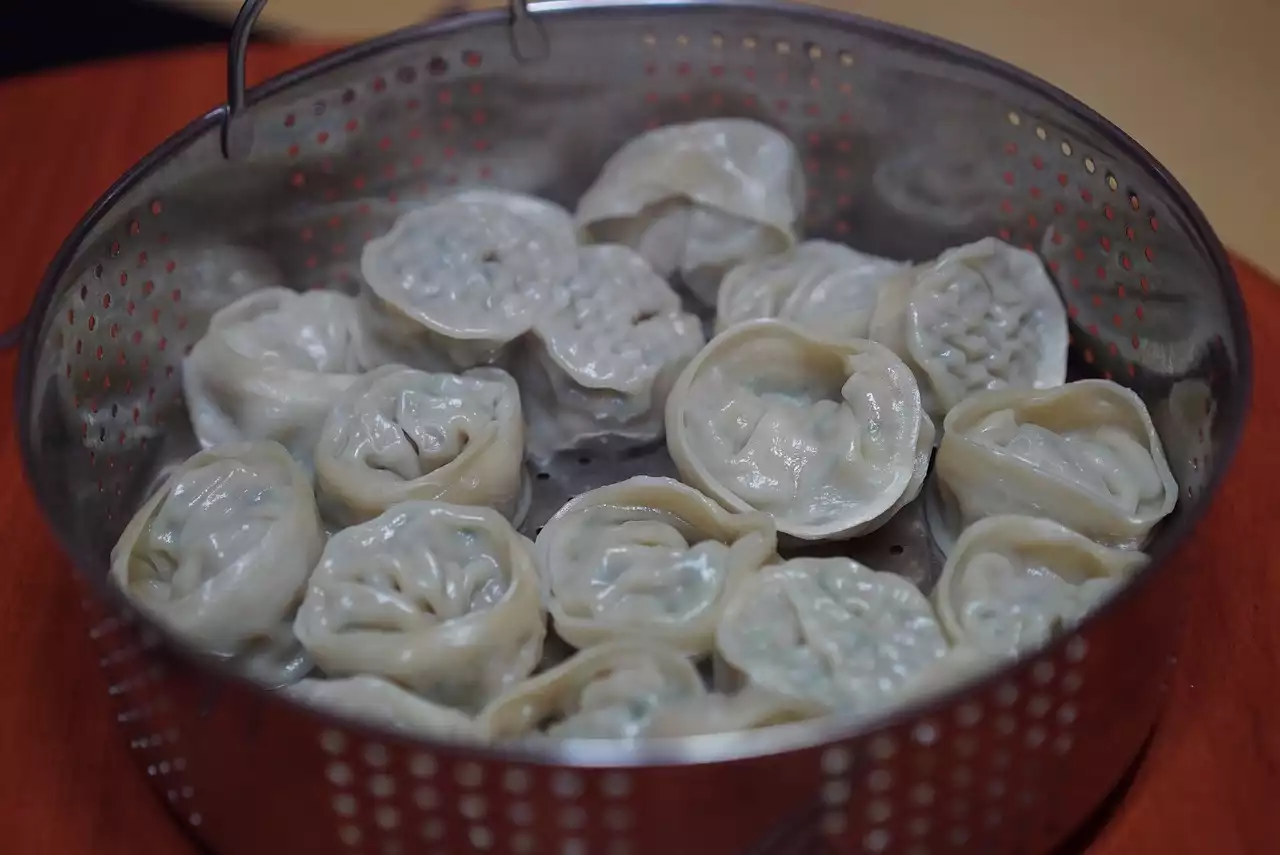If you're looking for a healthier way to cook your food, you may want to consider steaming. Steaming is a cooking method that involves cooking food in hot steam, which helps to preserve its nutritional content and flavor. In this comprehensive guide, we'll explore the many health benefits of steaming your food. From nutrient retention to reduced fat content and lower risk of chronic diseases, you'll discover why steaming is a simple and easy way to improve your overall health and well-being.
Nutrient Retention
Steaming is one of the best ways to cook your food if you want to retain its nutrients. Unlike other cooking methods, such as frying or grilling, which can destroy or deplete the nutritional content of food, steaming helps to preserve the vitamins, minerals, and other important nutrients that your body needs. When you steam your food, you're cooking it in hot steam, which helps to break down the food's cell walls and release its nutrients. This makes it easier for your body to absorb the nutrients and use them to support your overall health.
Some of the vitamins and minerals that are retained through steaming include vitamin C, vitamin K, vitamin B, calcium, and iron. Steamed vegetables, in particular, are a great source of these essential nutrients. In fact, studies have shown that steamed vegetables can have up to three times the vitamin C content of their raw counterparts.
Lower Fat Content
Another great benefit of steaming your food is that it requires little or no added fats. When you fry or grill your food, you often need to use added oils or fats to prevent it from sticking to the pan or to enhance its flavor. This can add unwanted calories and fat to your diet, which can lead to weight gain and increased risk of heart disease.
When you steam your food, however, you don't need to add any extra fats. The hot steam helps to cook the food and enhance its natural flavor without the need for added oils or fats. This can help you to maintain a healthy weight and improve your heart health over time.
Reduced Risk of Chronic Diseases
Steaming your food can also reduce your risk of chronic diseases, such as heart disease, diabetes, and cancer. One of the reasons for this is that steaming helps to lower the levels of harmful compounds in food, such as acrylamide and advanced glycation end products (AGEs).
Acrylamide is a compound that is formed when certain foods are cooked at high temperatures, such as when they are fried or baked. It has been linked to an increased risk of cancer and other health problems. Steaming your food can help to reduce your exposure to acrylamide by cooking your food at a lower temperature.
AGEs, on the other hand, are compounds that form when sugar reacts with protein or fat. They have been linked to a number of chronic diseases, including diabetes, heart disease, and Alzheimer's. Steaming your food can help to reduce the levels of AGEs in your diet by cooking your food in a way that doesn't require added sugars or fats.
Versatility and Convenience
Another great thing about steaming your food is its versatility and convenience. You can steam a wide variety of foods, including vegetables, fish, poultry, and grains, making it a great cooking method for anyone looking to eat a healthy, balanced diet.
Steaming is also a convenient way to cook your food. Many steamers are designed to be easy to use and require minimal cleanup. Plus, you can cook multiple foods at once by using a steaming basket or tiered steamer. This can save you time and make it easier to prepare healthy meals for yourself and your family.
Tips for Steaming Your Food
If you're new to steaming your food, there are a few tips that can help you get started. First, be sure to use a steaming basket or bamboo steamer to cook your food. These devices are designed to hold your food over a pot of boiling water, allowing it to cook in hot steam.
You should also be mindful of the cooking time for different types of foods. Some vegetables, for example, may require more or less cooking time than others. You may also need to adjust the cooking time based on the size and thickness of your food.
It's also important to make sure that your food is properly steamed and not overcooked. Overcooked food can become mushy and lose its flavor and nutritional value. To avoid this, be sure to check your food regularly while it's cooking and remove it from the heat as soon as it's done.
Conclusion
In conclusion, steaming your food is a simple and easy way to improve your overall health and well-being. By cooking your food in hot steam, you can retain its nutritional content, reduce its fat content, and lower your risk of chronic diseases. Steaming is also versatile and convenient, making it a great cooking method for anyone looking to eat a healthy, balanced diet. Whether you're steaming vegetables, fish, or grains, you can be sure that you're getting the most out of your food when you cook it in hot steam.
So why not give steaming a try? With a few simple tips and a little practice, you can enjoy all the amazing health benefits of this cooking method and start feeling better than ever before.









